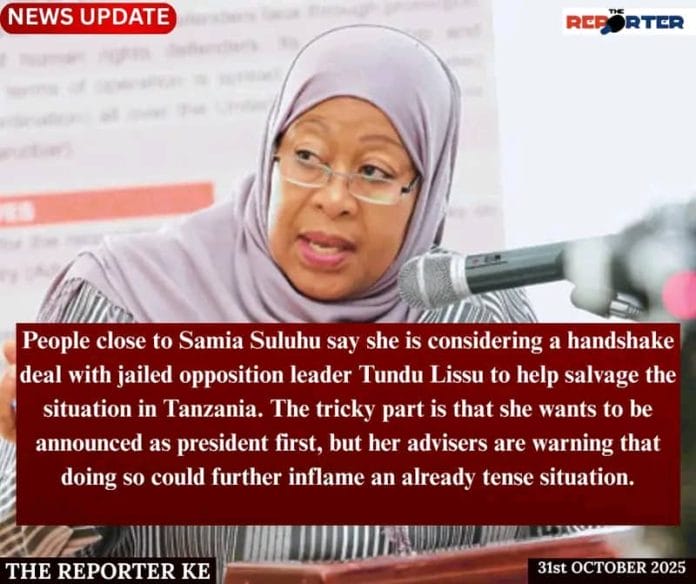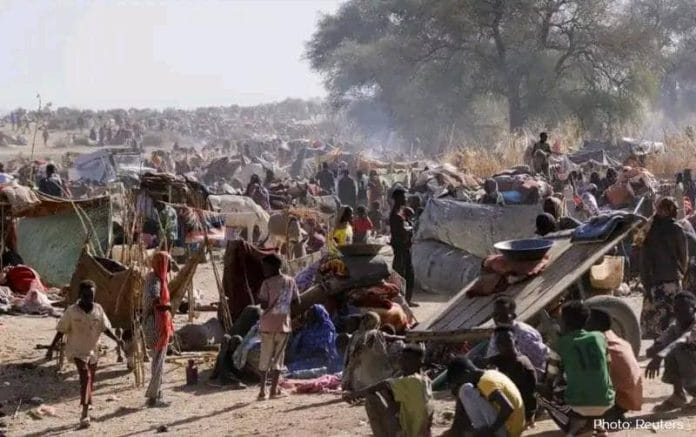
BLANTYRE-(MaraviPost)-It was a game of emotions, drama and missed opportunities as Ekhaya FC and Goshen Dedza Dynamos battled to a 1–1 draw in a tense match played at Mpira Stadium in Blantyre on Saturday afternoon.
The game exploded into life just three minutes after kickoff when Dedza’s Marks Chiwaya capitalised on a defensive mix-up to nod home the opener, sending the visiting fans into early jubilation.
Dedza pressed hard afterwards, looking the sharper and more organised side with Chiwaya and Chifuniro Mpinganjira leading a series of threatening counterattacks.
Ekhaya, however, slowly grew into the game with Blessings Malinda and Wongani Kaponya orchestrating moves from midfield. Their efforts earned several corners, though Dedza’s backline, marshalled by the composed Peter Noah later named Man of the Match stood firm.
By halftime, Dedza led 1–0 but the script flipped after the break. Ekhaya came out firing, adopting a more direct approach and piling pressure on the visitors. Their persistence paid off in the 54th minute when Malinda, Ekhaya’s playmaker, unleashed a thunderous strike beyond goalkeeper Dennis Phiri to level the scores.
The equaliser energised the hosts, with substitute Clever Chikwata and Savieli combining dangerously in attack. However, wastefulness in front of goal haunted Ekhaya, as Savieli and Chikwata both squandered glorious chances.
The game’s biggest talking point came in the 76th minute when Ekhaya were awarded a controversial penalty after Chikwata went down inside the box. Dedza players vehemently protested, halting play for several minutes.
When calm was finally restored, Chikwata stepped up but saw his effort saved by Phiri, who guessed correctly to keep his side in the game.
Tensions escalated again in stoppage time when Dedza had a strong penalty appeal waved away after Mpinganjira appeared to be fouled inside the area.
The Dedza bench erupted with one technical official shown a red card as tempers boiled over.
At the final whistle both teams settled for a point a result that left Dedza coach Alex Ngwira visibly frustrated.
“We were the better side and could have taken all three points. My players fought hard despite the heat, and I’m proud of them,” Ngwira said.
Ekhaya’s Enos Chatama, meanwhile, lamented his team’s slow start and missed chances.
“We didn’t start well and conceded too early. Penalty misses have been our biggest problem we’ve now missed four this season. But I’m happy with the response from the boys. We’ll be ready for Wanderers next,” Chatama noted.
Ekhaya is in position 6 with a total of 33 points after playing 22 matches, while Goshen City Dedza Dynamos is in position 13 with 22 points from 22 games.
Discover more from The Maravi Post
Subscribe to get the latest posts sent to your email.






















